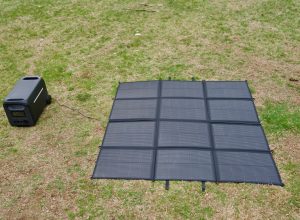Mobile apps are built to help make your lives easier and transacting businesses a little smoother at the click of our fingers. Almost every aspect of our actions has been made quicker with the indispensable aid of these apps – from online banking, communications, email, payments, transportation, name it.
Along with the ease brought about by mobile apps comes the reality of risks that we necessarily embrace as slaves of the digital technology. Let’s face it. And some apps could be designed to take advantage of our reliance on everything digital by collecting sensitive data and cashing in on them.

What we need to understand, therefore, is that almost every piece of information about us users represent a value to attackers who lurk in the dark corners of the Internet waiting for the right moment to steal sensitive data. You as a user naturally store information in your mobile devices such as your email address, banking details, social media credentials, usernames; the list is endless.
To attackers, these pieces of data mean a lot. In order to gain access to them, cyber criminals resort to developing malicious apps that purport to be harmless and legitimate in its purpose, but actually work in the background to steal your personal data. Sometimes, you don’t even know you have already permitted those apps to access the information stored in your device.
Well, to be fair to other app developers, there still remain a majority of apps that are bound to take good care of your data. They are transparent in asking permission from users by publishing the terms and conditions for usage, with which the user agrees or otherwise.
But as a careful user, you need to evaluate whether the kinds of data that app developers want to have access to really needed to be shared for the purpose indicated in the terms. You have to ask, “Do they really have to know this and that data?” In some cases, access to your phone’s data is necessary for an app to run. Google Maps, for example, needs to access your location in order to deliver its promised service. You check the box that says you are allowing the app to learn where you are.
At all times exercise caution when granting permission to apps. Review how an app works before you download and install it in your device. Check that you are downloading apps from legit app stores such as Google Play or Apple App Store. Make sure that the app won’t be able to access your most sensitive data once you grant certain permissions to it. And equally important, never store passwords in your device as these could be exposed to attackers.



